Essential Techniques for Optimizing Mobile Lifting Crane Efficiency
Table of Contents
- Understanding the Importance of Mobile Lifting Crane Efficiency
- Key Factors Influencing Mobile Lifting Crane Performance
- Techniques for Regular Maintenance and Inspections
- Innovative Technologies Enhancing Crane Operations
- Training and Skills Development for Crane Operators
- Implementing Safety Protocols to Maximize Efficiency
- FAQS
- Conclusion
- Related Posts
When it comes to heavy lifting equipment, keeping your Mobile Lifting Cranes running efficiently is more important than ever—especially if you're looking to boost productivity and cut down on costs. Interestingly, recent market reports suggest that the global mobile crane industry is expected to grow by over 5% annually from 2023 to 2030, which shows just how much demand there is for smarter, more advanced lifting solutions.
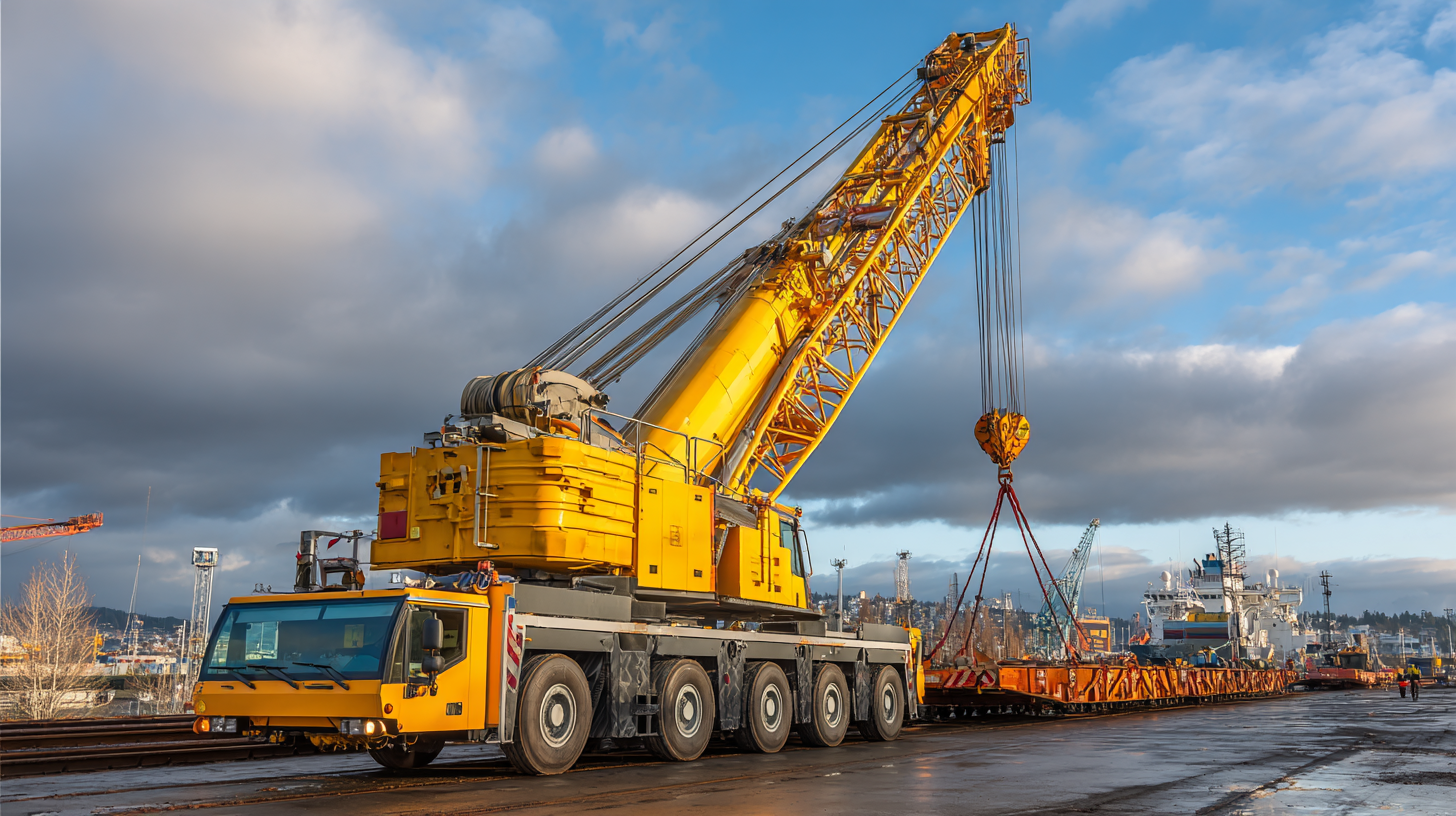 At Yantai Tonghe Precision Industry Co., Ltd., we're passionate about pushing the envelope, especially when it comes to innovative hydraulic control systems, cylinders, and car lifts—things that really make a difference in how smoothly and safely cranes operate. Getting to grips with the right techniques to improve crane efficiency isn’t just about making work easier; it’s also about keeping everyone safe and ensuring reliable material handling.
This guide is all about sharing key strategies that can really help improve your Mobile Lifting Crane performance and keep your operations ahead of the game in this industry.
At Yantai Tonghe Precision Industry Co., Ltd., we're passionate about pushing the envelope, especially when it comes to innovative hydraulic control systems, cylinders, and car lifts—things that really make a difference in how smoothly and safely cranes operate. Getting to grips with the right techniques to improve crane efficiency isn’t just about making work easier; it’s also about keeping everyone safe and ensuring reliable material handling.
This guide is all about sharing key strategies that can really help improve your Mobile Lifting Crane performance and keep your operations ahead of the game in this industry.
Understanding the Importance of Mobile Lifting Crane Efficiency
Mobile lifting cranes are pretty much essential tools in a bunch of industries—think construction, logistics, manufacturing, you name it. Knowing how efficient these cranes are really matters because it directly affects how quickly projects get done and how productive the whole team is. I read somewhere in the International Journal of Construction Management that tuning up crane efficiency can slash operational costs by up to 20%. Not too shabby, huh? That kind of savings comes from faster lifting cycles, less downtime, and better use of resources.
Plus, having efficient mobile cranes makes the workplace safer too. OSHA mentions that when cranes are running smoothly, workplace accidents related to heavy lifting can drop by around 30%. So, by focusing on improving crane efficiency, companies aren’t just saving money—they’re also creating a safer environment for everyone. Regular maintenance, proper training, and setting up the cranes right really go a long way in keeping things running at their best. All in all, it leads to happier workers, less frustration, and just better overall performance.
Key Factors Influencing Mobile Lifting Crane Performance
When it comes to boosting the performance of mobile lifting cranes, there are a few key factors that really make a difference. One big thing is definitely the design and engineering of the crane itself. A well-designed mobile crane, especially one that blends lightweight materials with a sturdy build, can make a huge difference in how much it can lift and how easy it is to maneuver around job sites. The size and shape of the crane’s boom also matter quite a bit—those help it reach higher spots and stretch further out, giving more flexibility when you’re working in tight or tricky spaces.
Of course, no matter how good the machine is, the operator’s skills and training are just as important. A trained operator knows how to make precise movements and even optimize the crane’s features to match different lifting jobs. Understanding how loads behave and keeping the weight balanced properly can prevent accidents and help get jobs done faster. And don’t forget—regular maintenance is key. Keeping everything in tip-top shape, from the lifting hook to the control systems, ensures the crane performs at its best on site and saves a lot of headaches down the line.
Essential Techniques for Optimizing Mobile Lifting Crane Efficiency - Key Factors Influencing Mobile Lifting Crane Performance
| Factor | Description | Impact on Efficiency | Recommended Techniques |
|---|---|---|---|
| Operator Skill | The expertise and experience of the crane operator. | High | Regular training and certification for operators. |
| Regular Maintenance | Scheduled servicing to ensure equipment is functioning optimally. | High | Implement a preventive maintenance program. |
| Load Management | Properly managing the weight and distribution of loads. | Medium | Use load charts and balance loads appropriately. |
| Environmental Conditions | Weather conditions affecting visibility and stability. | Medium | Monitor weather forecasts and adjust operations accordingly. |
| Technological Upgrades | Using advanced technology to enhance crane operations. | High | Invest in modern lifting technologies and software. |
Techniques for Regular Maintenance and Inspections
Keeping up with regular maintenance and inspections is absolutely key when it comes to making sure your mobile lifting cranes run smoothly. I mean, according to OSHA, a crane that's properly maintained can actually boost safety and efficiency by up to 30%. That's pretty significant, right? Doing routine checks on important parts like wire ropes, hydraulic systems, and load sensors can really save you from those unexpected breakdowns that lead to costly downtime or equipment failures. It’s a good idea to have a systematic schedule for these inspections so everything stays in tip-top shape and meets all safety standards.
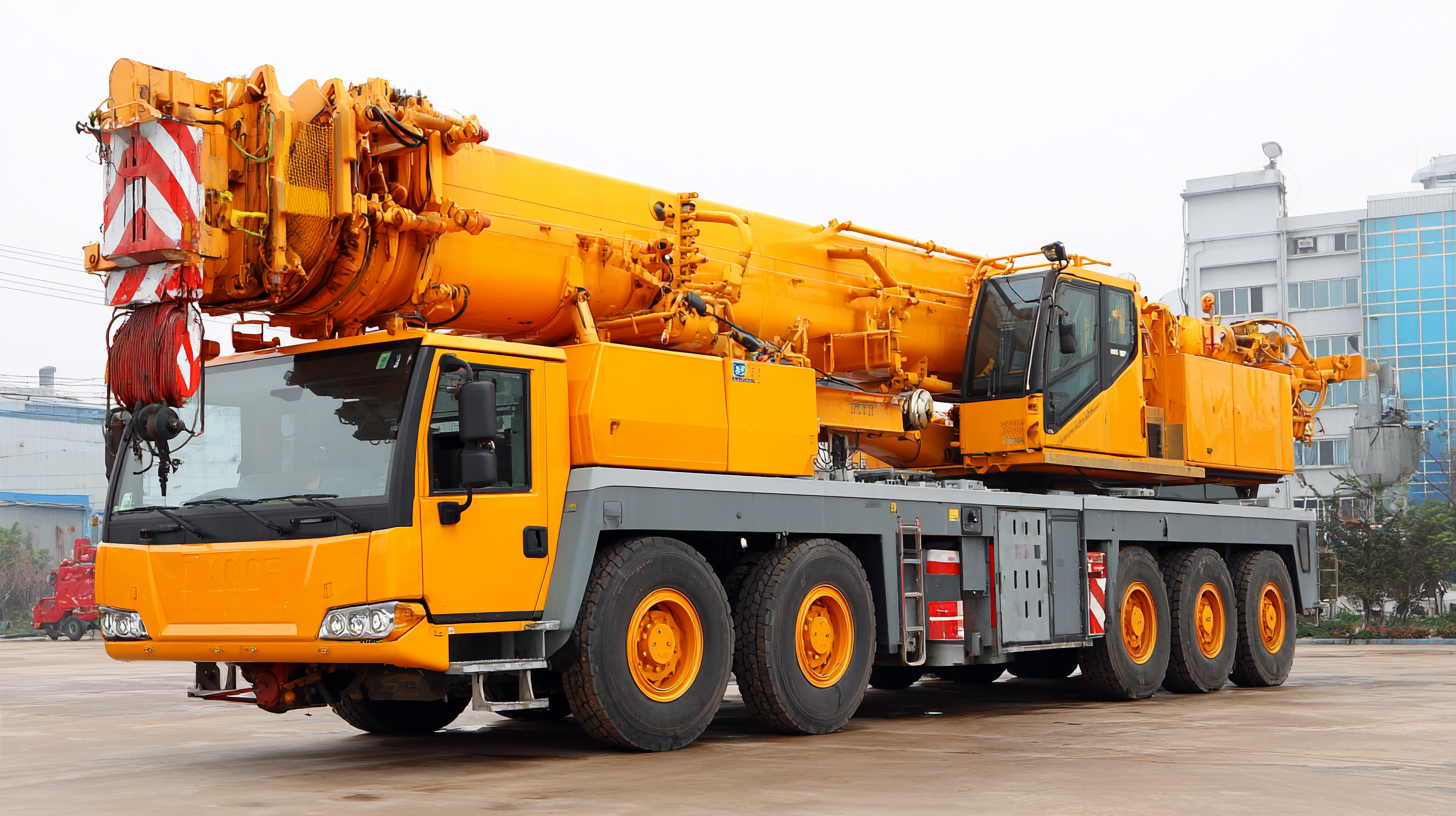
On top of that, sticking to a solid maintenance routine tends to mean your equipment lasts longer and performs better overall. The Crane Manufacturers Association of America (CMAA) even suggests that a preventive maintenance plan can extend a lifting gear’s lifespan by up to 50%. Not only does regular inspection help you stay on top of regulations, but it also fosters a safety-first culture at your site, which seriously boosts efficiency. And don’t forget — training your team to carry out these checks thoroughly is super important. Skilled operators are way better at catching potential issues early on, which keeps the crane performing at its best for years to come.
Innovative Technologies Enhancing Crane Operations
You know, when it comes to mobile lifting cranes, cutting-edge tech really makes a huge difference in how safe and efficient they are. One of the coolest upgrades lately is the use of IoT sensors—these little devices give real-time updates on things like how the crane's working, the weight it’s lifting, and even the environmental conditions around it. It’s pretty handy because operators can keep an eye on everything remotely, make quick adjustments if needed, and catch potential issues before they become big problems. That means less downtime and smoother operations overall.
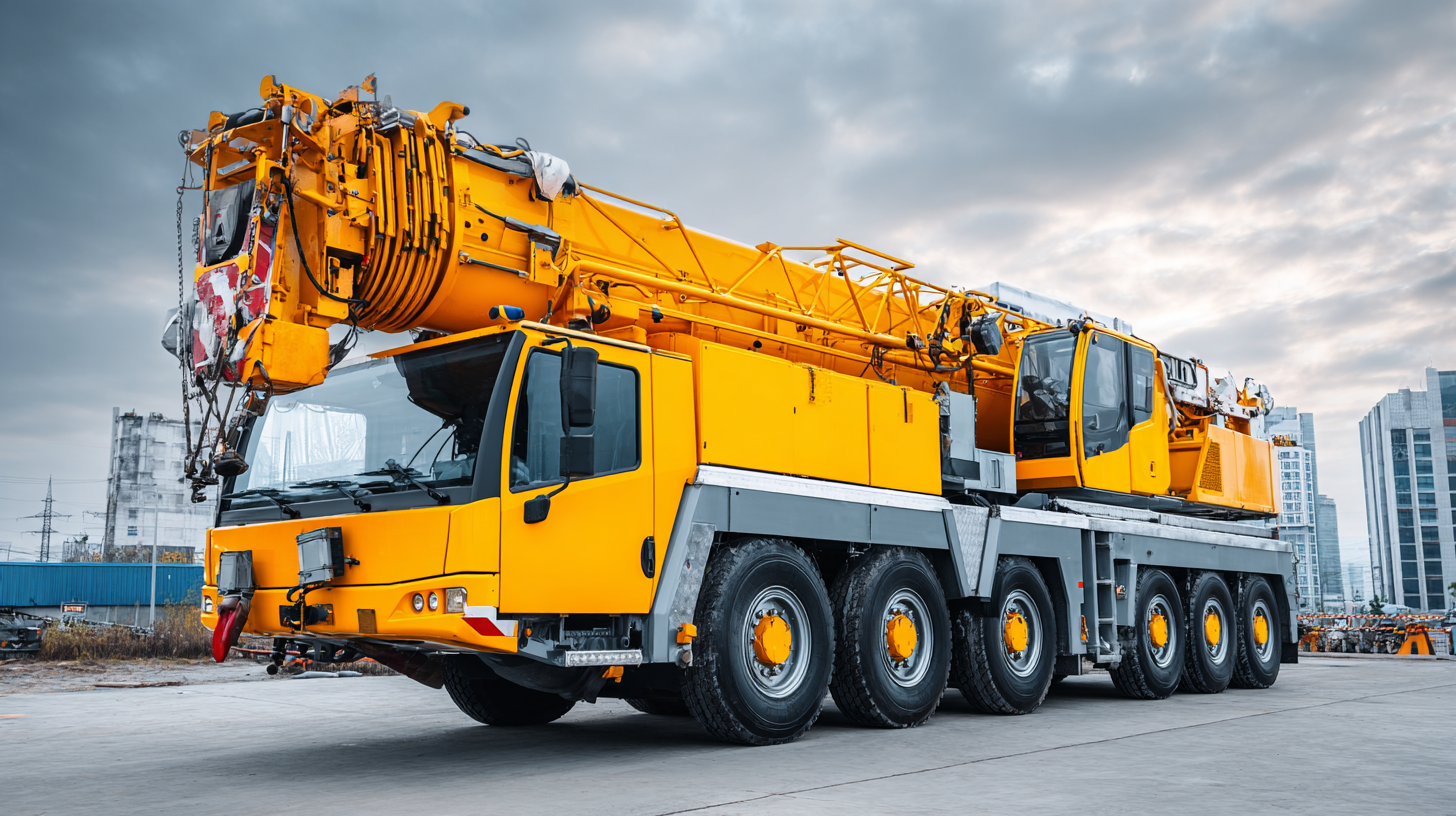
Another game-changer is how automation and smarter control systems are changing the game. Features like automatic load sensing and intelligent lifting algorithms help lift stuff more accurately and, honestly, make accidents less likely. Plus, some companies are using augmented reality (AR) tools now—imagine overlaying visual cues directly onto the crane's view during operation. It’s like having a supercharged training tool and a real assistant all in one. All these tech upgrades not only make everything run more smoothly but also help get the most out of each crane, which means bigger productivity boosts across all kinds of industries.
Training and Skills Development for Crane Operators
When it comes to running mobile lifting cranes smoothly and safely, training and skills development for crane operators are absolutely crucial. Did you know that, according to OSHA, over 70% of crane accidents happen because of operator error? That really highlights just how important it is to have solid, comprehensive training programs. These shouldn’t just cover how to operate the machinery but also focus heavily on safety rules and spotting potential hazards. Setting up regular, structured training sessions can make a big difference—fewer mistakes mean safer job sites and better productivity overall.
Oh, and don’t forget about keeping training fresh! Regular refresher courses are a great way to ensure operators stay updated with the latest safety guidelines and new tech. A well-designed training plan can turn out to be a game-changer—creating a more skilled team that handles cranes more safely and efficiently.
Plus, investing in simulator-based training is definitely worth considering. It gives operators a chance to practice in a risk-free environment, which is pretty fantastic. Actually, a report from the NCCCO shows that folks trained with simulators tend to remember safety practices about 25% better than those in traditional training. Using these innovative methods can also boost confidence and overall competence—key factors for keeping cranes running smoothly on real jobs.
And here’s a thought: adding real-time feedback during training sessions can help operators catch and correct their mistakes quickly, learning the best practices on the spot. This kind of proactive approach really pays off because it prepares them better for actual projects, making a noticeable difference once they’re out in the field.
Implementing Safety Protocols to Maximize Efficiency
Making sure safety protocols are in place is absolutely key when it comes to getting the most out of mobile lifting cranes. These machines are pretty much the backbone of many industries, helping move heavy stuff quickly and with precision. But if safety is overlooked, things can go sideways—accidents happen, downtime costs a lot, and there’s the real risk of injuries. That’s why having a solid safety plan is so important. It means operators know what they’re doing, are aware of possible hazards, and feel confident handling emergencies if they come up. When safety is a core part of the culture, it doesn’t just protect everyone; it actually keeps things running smoothly and efficiently, with fewer hiccups.
Training should cover all the essentials—like how to handle the equipment properly, assessing the site for risks, and communicating clearly with the team. Regular safety drills are a great way to keep these protocols fresh in everyone’s mind. Oh, and don’t forget routine checks and maintenance on the lifting gear. Catching small issues early on really helps prevent problems down the line and keeps projects on track. By putting safety first—through proper training and regular upkeep—businesses can boost productivity of their mobile cranes, hit project deadlines more easily, and even bump up profits. It’s all about working smarter and safer at the same time.
FAQS
: The design and engineering of the crane, operator skill and training, and regular maintenance are key factors that influence performance.
A well-engineered mobile crane that uses lightweight materials and has robust construction can enhance load capacity and maneuverability, allowing for more flexible operations.
A trained operator can execute precise movements and optimize the crane's functions, understanding load dynamics and balancing weight efficiently to prevent accidents and increase speed.
Regular maintenance and inspections can enhance operational safety and efficiency by up to 30%, preventing unexpected breakdowns and improving overall performance.
Implementing a preventive maintenance program can extend the service life of lifting equipment by up to 50%, correlating with longer equipment lifespan and improved performance.
Technologies like IoT sensors provide real-time data on crane performance, while advanced automation and control systems enhance lifting precision and safety.
IoT sensors enable operators to monitor key metrics remotely, facilitating immediate adjustments and proactive maintenance to minimize downtime.
They maximize lifting precision and reduce the likelihood of accidents through features such as automatic load sensing and intelligent lifting algorithms.
AR applications provide visual overlays of crane operations, aiding in training and on-the-job execution, thereby improving efficiency.
Regular inspections ensure compliance with safety standards, build a safety culture, and help identify potential issues before they escalate, maintaining optimal performance.
Conclusion
In today's competitive world, making sure Mobile Lifting Cranes run as efficiently as possible isn’t just a good idea—it’s absolutely essential for boosting productivity and keeping everyone safe. Understanding why crane efficiency matters is a solid starting point, but it’s also super important to pay attention to things like load capacity, the conditions they operate in, and how skilled the operators are. Regular maintenance and careful inspections are key—they help keep the cranes in top shape, cut down on downtime, and lower the chances of accidents or issues.
Plus, new tech like advanced hydraulic control systems can really make a difference, making lifting smoother and safer. Training operators well and continuously improving their skills is equally important if we want things to run smoothly. And of course, sticking to strict safety protocols can’t be overlooked. At Yantai Tonghe Precision Industry Co., Ltd., we’re dedicated to pushing the boundaries of hydraulic systems that power these cranes. Our goal? Help the industry hit new levels of performance with innovative solutions and thorough operator training—all to keep things moving safely and efficiently.
Related Posts
-
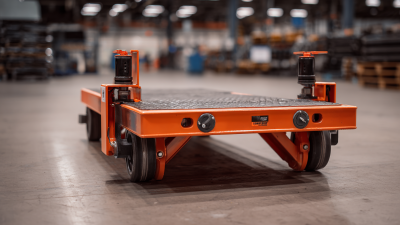
The Future of Portable Trolley Jacks in Global Manufacturing
-
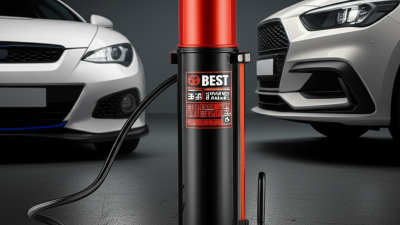
The Future of Efficient Lifting with Best Bottle Jack Quick Pump
-
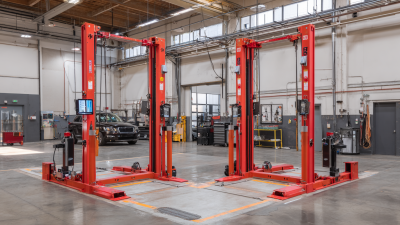
Comparing the Benefits of Portable Column Lift vs Traditional Lift Systems
-

Unwavering Quality in Chinese Manufacturing: Discover the Best 110v Portable Car Lift
-
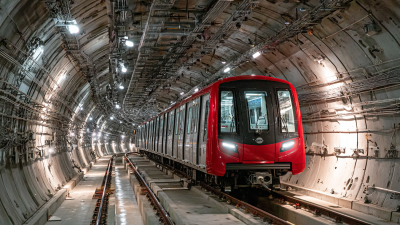
Top Strategies for Maximizing Efficiency with Single Underground Lifts
-

Experience Excellence in Manufacturing with the Best Mobile Forklift from a World Class Chinese Factory
Blog Tags:

